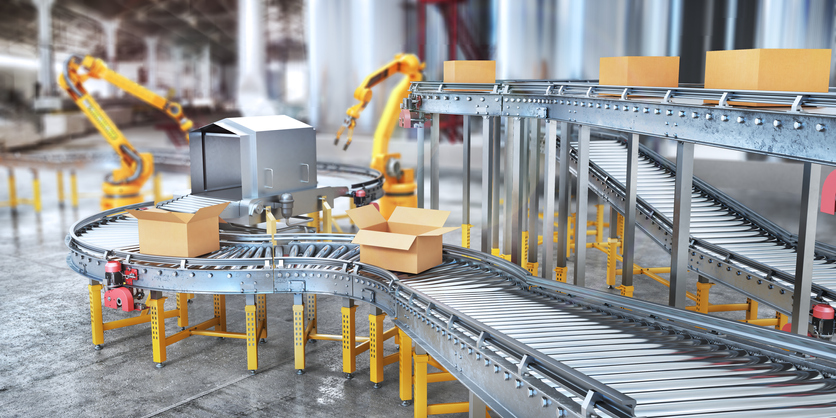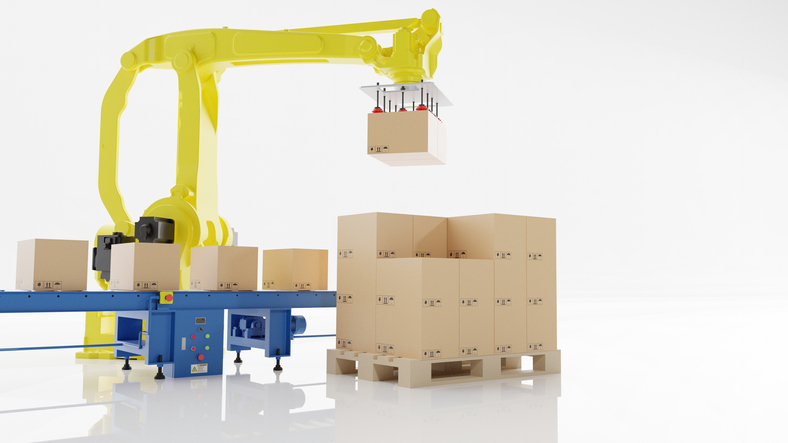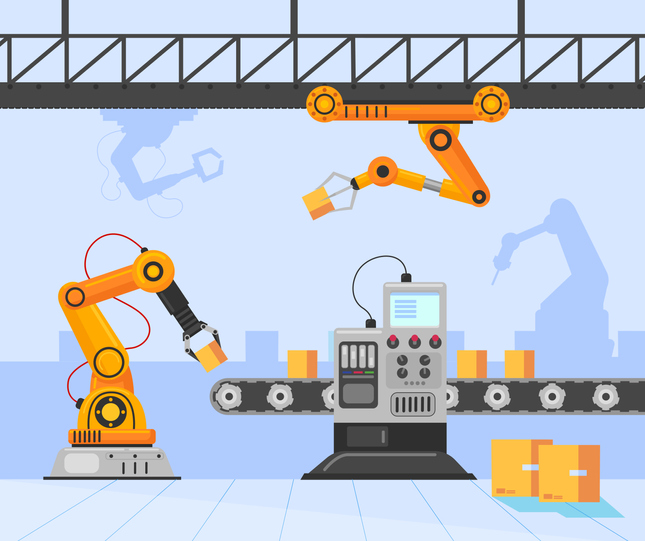Warehousing automation has become an increasingly popular solution for businesses looking to streamline their supply chain operations. With the use of cutting-edge technology such as robotics, artificial intelligence, and the Internet of Things, warehouses can improve their efficiency, accuracy, and productivity.
The benefits of automating the warehousing process are numerous, ranging from reduced errors and increased speed to enhanced customer satisfaction and reduced costs. In this article, we will explore the key advantages of warehousing automation and provide insights on how businesses can unlock their full potential.
What is Warehousing Automation?
Warehousing automation refers to the implementation of technology like robotics, AI, and IoT to automate tasks and procedures within a warehouse environment. The purpose of automating warehouse operations is to increase efficiency, accuracy, and productivity in the supply chain.
Warehouse automation can encompass anything from simple tasks such as material handling and storage to more intricate processes like order fulfillment and inventory management. The result of automation is faster, more accurate task completion, reduced chances of human error, and ultimately, a more streamlined and efficient warehouse operation.
Automation has become a major force in the industry, with predictions indicating that the global warehouse automation market will reach a value of $51 billion by 2030 according to McKinsey. The COVID-19 pandemic accelerated the demand for warehouse automation technology, making it a necessity rather than just a desirable solution.
Warehouse Automation Benefits
Businesses today are facing numerous challenges in their supply chain operations, including the need for increased efficiency, accuracy, and cost-effectiveness. The fast-paced and competitive nature of the market has led companies to seek out solutions that can help them stay ahead of the curve and meet the ever-evolving demands of their customers.
Automation in warehouses has emerged as a key tool in addressing these challenges and helping businesses to achieve their goals. Businesses have turned to automation as they innovate and improve their supply chain process in several key areas, including:
- Increased efficiency and productivity
- Reduced errors and increased accuracy
- Faster and more consistent task completion
- Improved safety for employees
- Better inventory control and management
- Enhanced customer satisfaction
- Improved space utilization
- Increased scalability and flexibility
- Enhanced data collection and analysis
- Lower operating costs and improved cost-effectiveness.
Automated Warehouse Solutions
Modern warehouses have shifted their focus from traditional storage functions to providing value-added services, customizing orders, and implementing just-in-time inventory processes that streamline product flow. The following are some examples of warehouse automation trends revolutionizing today's warehouses:
- Automated Material Handling Systems: Conveyors, robots, and automated storage and retrieval systems are used to handle and transport goods within the warehouse.
- Automated Picking Systems: Robotic systems, voice-activated picking, and vision-guided picking technology are used to improve accuracy and speed in the picking process.
- Automated Packaging and Shipping Systems: Automated systems are used to package and ship products, reducing manual labor and improving efficiency.
- Inventory Management Systems: Automated systems are used to track inventory levels, improve accuracy, and optimize the flow of goods within the warehouse.
- Warehouse Management Systems (WMS): Cloud-based software is used to manage all aspects of the warehouse, from inventory control to order management and shipping.
- Intelligent Warehouse Robotics: Advanced robotics technologies, such as autonomous mobile robots (AMRs), are used to automate a variety of tasks, including material handling, storage, palletizing and depalletizing mixed SKU cases, and retrieval.
- Predictive Analytics: Predictive analytics software is used to analyze data and predict demand for products, allowing for better inventory management and optimization of warehouse operations.
- IoT and Smart Sensors: The Internet of Things and smart sensors are used to track the location and movement of goods within the warehouse, improve security, and monitor environmental conditions.
- Augmented Reality and Virtual Reality: Augmented reality and virtual reality technology are used to improve training and collaboration within the warehouse.
Beginning the Journey Toward Warehouse Automation
Take the first step towards more efficient and cost-effective warehouse operations by speaking with a warehouse automation consultant today. Visigistics has partnered with leading experts in warehousing solutions to help you identify the right automation solutions for your business and guide you through the process of implementing them. With support, you can unlock the full potential of your warehouse and stay ahead of the competition. Don't wait; schedule a consultation now and start your journey to a modern, automated warehouse.





